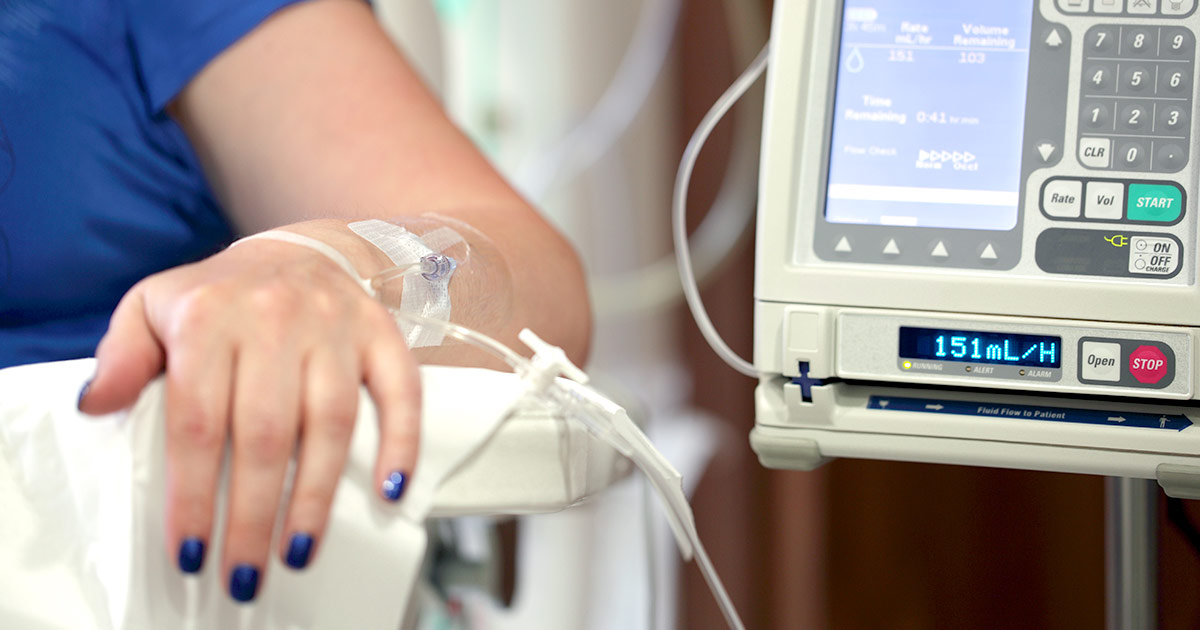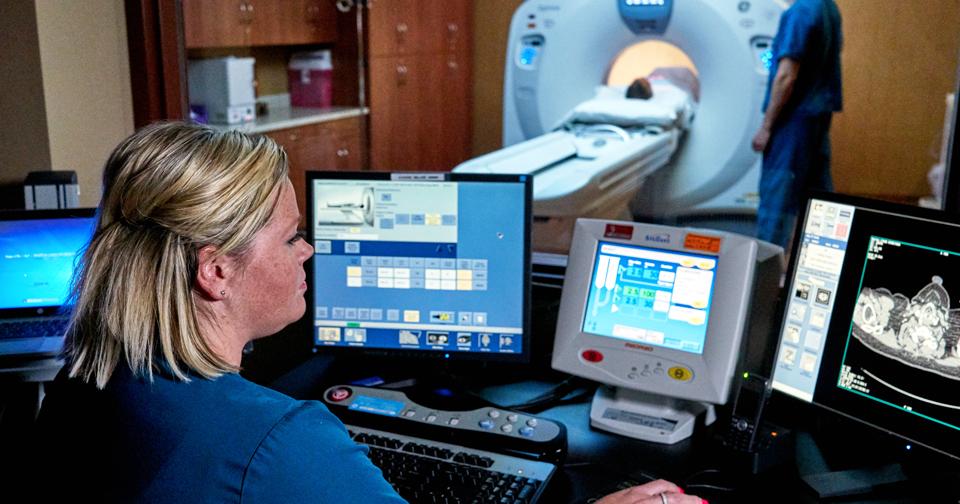Guide To Treating Bile Duct Cancer
Bile duct cancer, also known as cholangiocarcinoma, is a rare form of cancer that affects the narrow tubes which carry bile (a digestive fluid) through the liver. This form of cancer most often occurs in individuals aged sixty-five or older, and there are fewer than 20,000 cases diagnosed annually in the United States. Symptoms of bile duct cancer include jaundice (yellowing of the skin and eyes), stomach pain, unintended weight loss, intense skin itching, white-colored stools, fever, fatigue, and vomiting. Obesity, liver disease, smoking, bile duct inflammation, and a family history of the disease are the major risk factors for this type of cancer. Cancer can also be caused by infection from the liver fluke, a parasite that lives in waters throughout Asia and the Middle East. Bile duct cancer can be diagnosed following a thorough history and physical examination, blood tests, biopsies, and imaging studies.
The methods outlined below can help with the management of this particular cancer.
Surgery

Surgery can be performed to remove as much of the cancerous tissue as possible. If the tumors are very small, it may be possible for doctors to remove all of them. This may be done by removing part of the bile duct and joining the remaining ends together. For larger or more advanced cancers, doctors may also need to remove lymph nodes and a part of the liver or pancreas. For patients with hilar cholangiocarcinoma, a liver transplant may be an option. This procedure would completely remove the cancer, curing the patient. However, there is a risk that the cancer could return following the transplant. Depending on the location, size, and number of tumors present, surgery may be recommended as the first stage of treatment. This is often the case for less advanced cancers. If tumors are larger, patients may need to have other treatments first to shrink the tumors prior to any operations. Operations for cancer require general anesthesia and are usually performed in hospitals. A stay of at least one night in the hospital is often required.
Keep reading to learn about another method used for treating bile duct cancer.
Chemotherapy

Chemotherapy (chemo) is the use of medications to kill cancerous cells. Some forms of chemo may be taken orally, while others are given intravenously. Chemo can be particularly useful when used prior to a liver transplant in patients with the hilar form of bile duct cancer. It may also be recommended for patients with a more advanced cancer to reduce symptoms and slow down the progression of the disease. In addition to intravenous methods, some chemo may be given directly into a main artery in the liver. A separate process called trans-arterial chemoembolization may be performed to place tiny chemo beads into an artery that feeds the tumor.
This type of chemo can be helpful for patients who have a form of cancer that cannot be treated surgically and for patients who are experiencing recurrent cancer. Some patients with bile duct cancer may be able to take oral chemo tablets. The most commonly prescribed ones include 5-fluorouracil, gemcitabine, cisplatin, capecitabine, and oxaliplatin. Sometimes, doctors may recommend that patients take two or more of these medications at one time. Possible side effects of these treatments vary. Patients generally experience hair loss, nausea, vomiting, diarrhea, sores in the mouth, and fatigue. They may also notice that they bruise or bleed easily, and they may experience numbness, tingling, or pain in the hands and feet.
Next, uncover another common treatment used to manage bile duct cancer.
Radiation Therapy

Radiation therapy uses the energy from x-rays and protons to eradicate cancerous cells. Patients may have radiation done at a hospital, at a specialist's office or a radiology center. Radiation may be delivered using a method known as external beam radiation. For this procedure, the patient lies on a bed while a machine directs radiation beams at specific areas of the body. External beam radiation is painless and very similar to having an x-ray or CT scan. Patients using this form of therapy typically have sessions five days a week for numerous consecutive weeks. Some patients may also receive brachytherapy. This form of radiation involves placing radioactive seeds inside the body at or near where the cancer is located. The seeds are delivered with a catheter. Some of the most common side effects of radiation treatment generally include peeling, blistering, or redness of the skin, fatigue, nausea, vomiting, diarrhea, liver damage, and low blood counts. Hair loss may also occur on the skin of the treated area.
Discover how immunotherapy is used to treat bile duct cancer now.
Immunotherapy

This type of therapy is a relatively new treatment for bile duct cancer. Instead of using chemicals to kill cancer cells like chemo, this therapy teaches the patient's immune system to recognize and destroy cancer. It generally has fewer side effects than chemo. Immunotherapy may also be referred to as biologic medication or biotherapy. Major types of biotherapy include monoclonal antibodies, immune checkpoint inhibitors, and cancer vaccines. Monoclonal antibodies are synthetic versions of the proteins in the immune system that can be designed to destroy a very specific part of a cancer cell.
Immune checkpoint inhibitors help the immune system work more effectively and allow it to identify and destroy cancer cells more easily. Cancer vaccines help to stimulate the immune system so that it can respond to cancer. Certain types of biotherapy may be more helpful than others for particular types of cancer. Patients should check with their medical team about the most appropriate biotherapy medications for their needs, and they may wish to get a second or third opinion from other specialists.
Reveal another treatment used for bile duct cancer now.
Targeted Therapy Medications

Targeted therapy medications can often help patients who are at an advanced stage of bile duct cancer prolong their lives. These medications work differently than chemotherapy, and they can sometimes work even if the chemo has been unsuccessful. Doctors may also recommend that these medications are used in addition to chemo. Targeted medications are designed to specifically attack the proteins and gene changes that cause cancer. The side effects of these medicines are often less severe than with standard treatments such as chemotherapy. In the United States, targeted therapy is only available through clinical trials. A medication called ramucirumab has shown particular promise in the treatment of bile duct cancer. Patients should ask their doctors about clinical trials that may be available to them. Online research can be done to find clinical trials in other states that may be beneficial, too.